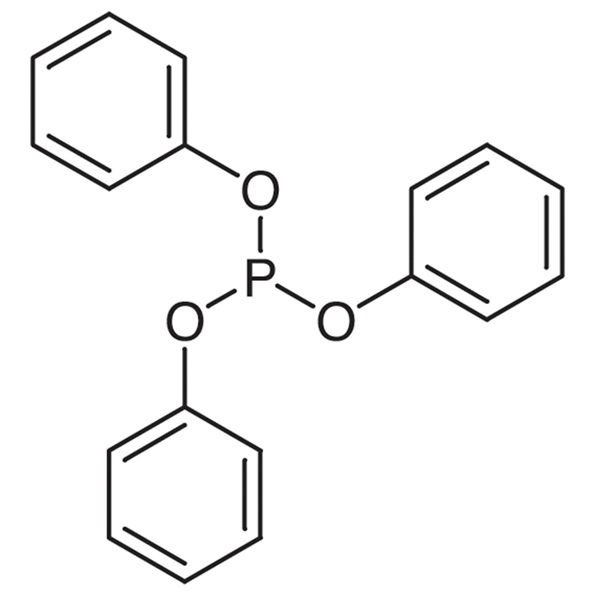Triphenyl Phosphite (TPP) CAS 101-02-0 Purity >99.0% (GC) Factory
Shanghai Ruifu Chemical Co., Ltd. is the leading manufacturer and supplier of Hydrochloride (CAS: 593-51-1) with high quality. We can provide COA, worldwide delivery, small and bulk quantities available. If you are interested in this product, please send detailed information includes CAS number, product name, quantity to us. Please contact: alvin@ruifuchem.com
| Chemical Name | Triphenyl Phosphite |
| Synonyms | Phosphorous Acid Triphenyl Ester; TPP; (PhO)3P; P(OPh)3; Advance TPP; Antioxidant TPP |
| Stock Status | In Stock, Production Capacity 20000 Tons per Year |
| CAS Number | 101-02-0 |
| Molecular Formula | C18H15O3P |
| Molecular Weight | 310.29 |
| Melting Point | 22.0~24.0℃(lit.) |
| Boiling Point | 360℃(lit.) |
| Flash Point | 206℃ |
| Sensitive | Air Sensitive, Moisture Sensitive |
| Water Solubility | Insoluble in Water |
| Solubility | Very Soluble in Ethanol |
| Shipping | Store Under Dry Inert Gas. Ambient Temperatures |
| Stability | Stable. Combustible. Incompatible With Strong Oxidizing Agents |
| Hazard Codes | Xn, N, Xi |
| Risk Statements | 36/38-50/53 |
| Safety Statements | 28-60-61-28A-26 |
| WGK Germany | 2 |
| TSCA | Yes |
| Hazard Class | 9 Environmentally Hazardous Substances |
| Packing Group | III |
| HS Code | 29209085 |
| COA & MSDS | Available |
| Category | Stabilizer; Antioxidant; Ligands |
| Brand | Ruifu Chemical |
| Item | Specifications |
| Appearance | Colorless to Yellow-Green Liquid |
| Purity / Analysis Method | >99.0% (GC) |
| Acid Value | <0.50 (mgKOH/g) |
| Refractive Index N20/D | 1.588~1.592 |
| Specific Gravity (20/20°C) | 1.182~1.187 |
| Chroma (Platinum-Cobalt) | <50 # |
| Phenol | <1.00% |
| Phosphorus Content | 9.80~10.10% |
| Freezing Point | 22.0~24.0 |
| Chloride (Cl-) | <0.20% |
| Infrared Spectrum | Conforms to Structure |
| Test Standard | Enterprise Standard |
Package: Fluorinated Bottle, 25kg/Drum, 200kg/Metal pail or according to customer's requirement.
Storage Condition: Air and Moisture Sensitive. Store in sealed containers at cool, dry and ventilated warehouse away from incompatible substances. Protect from air, light and moisture. Store under dry inert gas.
How to Purchase? Please contact Dr. Alvin Huang: sales@ruifuchem.com or alvin@ruifuchem.com
15 Years Experience? We have more than 15 years of experience in the manufacture and export of a wide range of high quality pharmaceutical intermediates or fine chemicals.
Main Markets? Sell to domestic market, North America, Europe, India, Korea, Japanese, Australia, etc.
Advantages? Superior quality, affordable price, professional services and technical support, fast delivery.
Quality Assurance? Strict quality control system. Professional equipment for analysis include NMR, LC-MS, GC, HPLC, ICP-MS, UV, IR, OR, K.F, ROI, LOD, MP, Clarity, Solubility, Microbial limit test, etc.
Samples? Most products provide free samples for quality evaluation, shipping cost should be paid by customers.
Factory Audit? Factory audit welcome. Please make an appointment in advance.
MOQ? No MOQ. Small order is acceptable.
Delivery Time? If within stock, three days delivery guaranteed.
Transportation? By Express (FedEx, DHL), by Air, by Sea.
Documents? After sales service: COA, MOA, ROS, MSDS, etc. can be provided.
Custom Synthesis? Can provide custom synthesis services to best fit your research needs.
Payment Terms? Proforma invoice will be sent first after confirmation of order, enclosed our bank information. Payment by T/T (Telex Transfer), PayPal, Western Union, etc.
Triphenyl Phosphite (TPP) (CAS: 101-02-0) is also known as triphenoxytitanium phosphine, it is phosphite-based compound, it is a secondary antioxidant, it has light stabilizing effect, it is applicable to polyvinyl chloride, polypropylene, polystyrene, poly acetate, ABS resin, epoxy resin and the like. Triphenyl Phosphite is widely used as polyvinyl chloride chelating agent, when the metal soap is used as stabilizer, coordinating with this product can reduce the harm of the metal chlorides, it can keep transparency of product and inhibit the change in color. Further Triphenyl Phosphite is also used as flame retardant plasticizer. It has good resistance to discoloration, it can increase oxidation resistance and light stability. It has chelating action in PVC, low toxicity, it can be used in plastic medical devices. Triphenyl Phosphite can be used: As a source of phosphorus and as a ligand for the synthesis of transition metal phosphide nanoparticles via heating-up process. To convert alcohols to alkyl halides. As a peptide coupling agent. As a low-temperature source of singlet oxygen after forming an adduct with ozone. It is used as an auxiliary antioxidant and can stabilizelight. It is suitable for polyvinyl chloride, polypropylene,polystyrene, polyester, ABS resin, epoxy resin, etc. Used as a chelating agent in polyvinyl chloride products to keep the product transparent and inhibit the color change. Used for the production of Trimethyl Phosphite. It can reduce the damage of metal chloridewith metal as the main stabilizer. Triphenyl Phosphite is a popular chelating agent that is widely applicable to various PVC products. It enables these PVC products to retain their transparency and inhibit color variance, while enhancing tlie anti-oxidation of main stabilizers and tlie properties of light and thermal stabilizers. Besides, it is applicable to PE, PP, ABS, SBS products and can function as a pesticide intermediate. Used as a pharmaceutical intermediate in the synthesis of 3-C-7 ACCA, Cephalosporin Drugs and Cefexime Formulation.
Production Methods: It can be obtained from phenol and phosphorus trichloride.
Reactivity Profile: Organophosphates, such as Triphenyl phosphite, are susceptible to formation of highly toxic and flammable phosphine gas in the presence of strong reducing agents such as hydrides. Partial oxidation by oxidizing agents may result in the release of toxic phosphorus oxides.
Health Hazard: Triphenyl phosphite (TPP) is a skin irritant and sensitizer in humans and is neurotoxic in laboratory animals.Systemic effects have not been reported in humans.
Safety Profile: Poison by intraperitoneal and subcutaneous routes. Moderately toxic by ingestion. An experimental eye and severe human skin irritant. Combustible when exposed to heat or flame. To fight fire, use CO2, mist, dry chemical. When heated to decomposition it emits toxic fumes of POx. See also PHENOL.
-
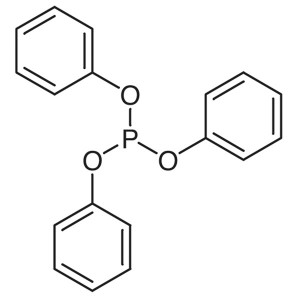
Triphenyl Phosphite (TPP) CAS 101-02-0 Purity >...
-
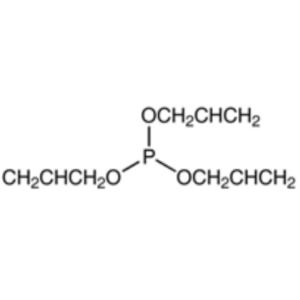
Triallyl Phosphite (TAPP) CAS 102-84-1 Purity >...
-
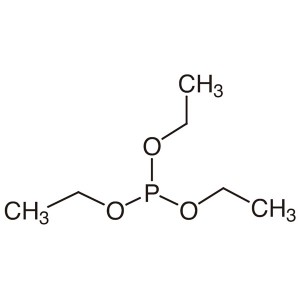
Triethyl Phosphite (TEP) CAS 122-52-1 Purity >9...
-
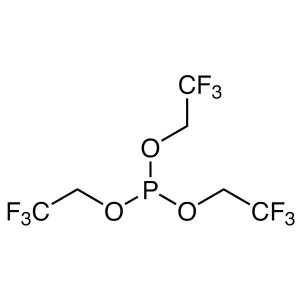
Tris(2,2,2-trifluoroethyl) Phosphite (TTFP) CAS...
-
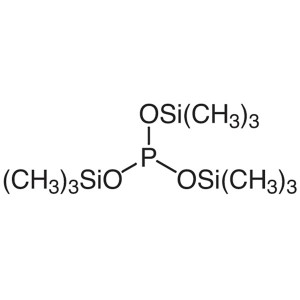
Tris(trimethylsilyl) Phosphite (TTMSP) CAS 1795...
-
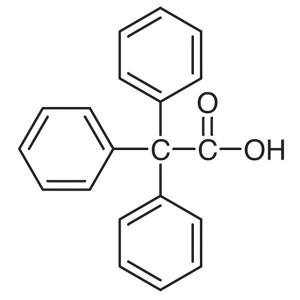
Triphenylacetic Acid CAS 595-91-5 Purity >99.0%...
-
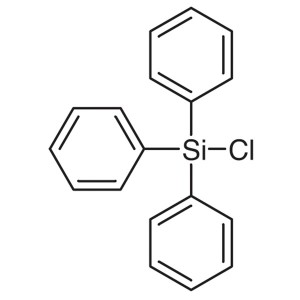
Triphenylchlorosilane CAS 76-86-8 Purity >98.0%...
-
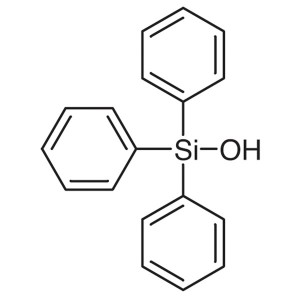
Triphenylsilanol CAS 791-31-1 Purity >99.0% (HPLC)

